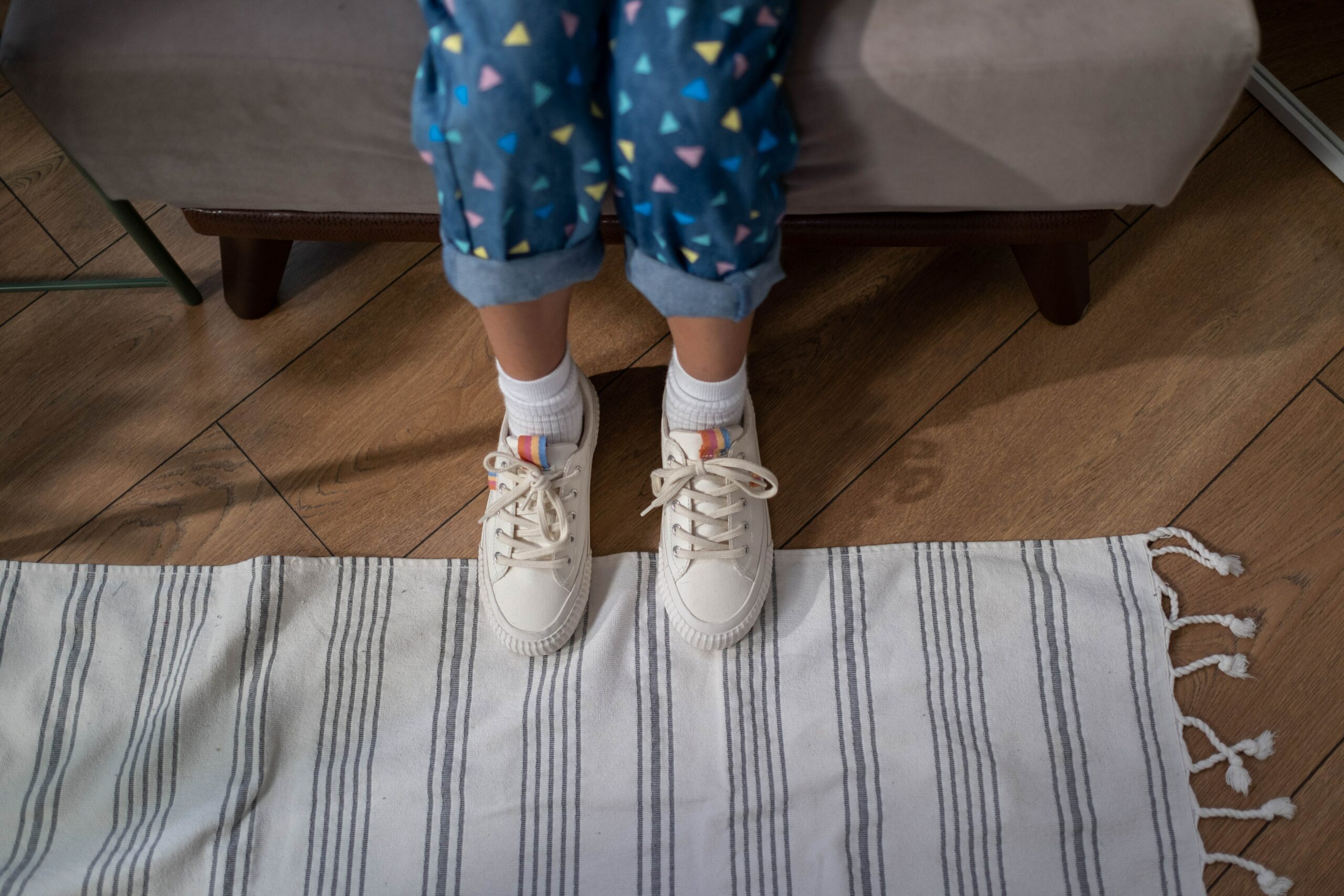We have all seen young “rock star” athletes who suddenly seem to lose their speed or their ability to compete at the same levels. The culprit may be growing pains. If that’s the case, increased rest periods and modifying activity during this time can help them soon get back to their groove on the field, the court, or in the ballet studio.
What are growing pains?
While there is no cause for alarm, growing pains are a real thing. They occur because muscles do not grow as quickly as the bones they are connected to. Overactivity, poor nutrition, and lack of vitamin D can also contribute to growing pains.
Called Myo-Osseous Disproportion Syndrome, the disparity in how quickly bones versus muscles grow can cause stress where the tendon inserts into the bone. This is precisely why girls ages 12 to 14 and boys 14 to 16—the years when they typically experience the peak of their growth spurts—may experience growing pains.
Growing pains are generally more common in the lower extremities but also may occur in the upper extremities. In general, the pain is bilateral (both sides) and will frequently present in the front of the legs or in the shins.
Eliminating the pain
Studies show that stretching a muscle for 10 minutes a day, three times each day can stimulate the growth of the muscle so that it can reach its length more quickly. This exercise eliminates or alleviates growth pain. Patients with growing pains can follow the program as prescribed in the book “Stretching” by Bob Anderson.
If your child is experiencing discomfort from growing pains, you can massage your child’s legs, apply a heating pad to soothe sore muscles, or offer a pain reliever.
Seeking medical attention for growing pains
There ARE times, however, when you need to seek medical attention if your child is experiencing growing pains. Ignoring the discomfort may exacerbate a different and potentially more serious condition.
- If your child feels growing pains more intensely during or immediately after activity or playing a sport, that may signal a need to make a trip to the doctor.
- Repetitive trauma can disrupt the attachment where the tendon inserts into the bone or irritate the growth plate.
- The irritated bone keeps growing and expanding occasionally causing a bump to form on the tibial tuberosity. This is because the area between the bone fragments fills in with new cartilage or bone, causing the tibial tuberosity to become enlarged and painful. This can be referred to as Osgood-Schlatter. If pain persists with increased rest and modified activity, he or she needs to see an orthopedist. Taking anti-inflammatories on a consistent basis can mask a more serious medical issue.
- On those occasions where growing pains wake your child at night and a warm compress or mild massaging of the muscle offers no relief.
- If growing pains are increasing in frequency, your child does not respond to rest or routine stretching exercises, or if growing pains are accompanied by a fever (which may signal an infection), then these may not be growing pains after all.
Common orthopedic conditions in teen athletes that feel like growing pains
At The Pediatric Orthopedic Center, we treat young athletes suffering from these common conditions, which are caused by frequent pressure on the growth plates from sports activities and may present like growing pains:
- Runner’s/Jumper’s Knee: Known medically as patellofemoral syndrome, this condition—which is more common in females—is from repetitive, high-impact running or jumping. This motion causes the kneecap to veer off the patellar groove. Your child may complain of pain at the front of the knee and around the kneecap.
- Achilles Tendonitis: Overuse, repeated pounding, or excessive force on the Achilles tendon (and others) will cause inflammation or pain. It is most common in student-athletes who run, pivot or jump during play (as in basketball, soccer, or tennis). Although temporary, another growth spurt may cause it to reoccur.
- Sever’s Disease: Athletes who participate in running or jumping sports are more susceptible to Sever’s Disease. It usually presents as heel pain that feels like a bruise, that develops slowly and occurs with activity.
- With Osgood-Schlatter Disease, the tendon that connects the shinbone to the kneecap pulls on the growth plate at the top of the shinbone and can be painful when the teen is running or engaging in high-impact sports. It typically resolves with a stretching program.
Rest, recovery, re–engagement with sports
Our pediatric orthopedists often caution against overtraining during sports activities. Giving your young athlete a chance to take time out from competitive sports and training will help alleviate the discomfort associated with growing pains, as well as the conditions that result from the strain of training and play. If you suspect your child is dealing with more than growing pains, please don’t hesitate to contact our office closest to you for an orthopedic consultation.



